Science fiction is broadly divided into two subgenres: soft sci-fi and hard sci-fi. Some of the most popular franchises, such as Star Wars and Star Trek, are soft sci-fi: while they may enjoy playing with various scientific ideas, they incorporate many technologies or powers that are impossible according to current scientific knowledge.
In hard science fiction, the author does their best to only include plausible technologies. Sublight engines and planet-sized machines may be ludicrously expensive and difficult to develop, but they exist on the fringes of possibility. Other technologies, such as cloning and orbital travel, already exist; hard sci-fi explores their potential. These books are some of the best entry points for those new to this exciting genre.
Updated September 9, 2022, by Patrick Armstrong: Every genre of fiction has something unique to contribute, some storytelling angle that no other kind of fiction quite nails the same way. Science fiction, like many genres, is further divided into numerous subgenres, ensuring that there’s a story for every reader’s taste. Hard science fiction blends the real with the imaginative, allowing scientifically-minded authors to stretch the boundaries of what is possible without straying too far from scientific law. In this tenuous realm between the actual and the possible, many beautiful novels have been born. These are just some of the best hard sci-fi novels for newcomers to this fantastic subgenre.
14 We Are Legion (We Are Bob)
Canadian novelist and programmer Dennis E. Taylor has a reputation for creating highly detailed and original sci-fi worlds injected with clever references and humor. At the heart of Taylor’s work is We Are Legion (We Are Bob), a novel that deals with the effects that cryonics and other technologies have on society.
The titular character Bob has sold his software company and is looking forward to relaxing for a change. Of course, novels aren’t much without conflict, so it can’t be that easy for Bob. He gets killed crossing the street and wakes up a century later to discover that he is now state property, integrated with a computer by sinister scientists, and responsible for a probe in search of habitable planets. While that premise may seem like the fantastical stuff of soft science, the technologies at the core of the plot are handled with great care, making it an insightful as well as charming read.
13 Seveneves
The name Neal Stephenson will be familiar to many sci-fi fans, given that his speculative fiction played an integral role in launching the cyberpunk genre and coining many related terms that are still in use today. Though not as famous as Snow Crash, Seveneves is a great novel in its own right, telling the story of humanity’s desperate attempt to save itself after the moon disintegrates.
One of the most interesting aspects of the story is Stephenson’s examination of humanity’s evolution following the catastrophe. By leaping ahead 5,000 years from the loss of the moon, Seveneves is able to look at the way the species and its society have changed. Despite its over-the-top beginning, Seveneves is a clear-eyed story of the science that can save the species from disaster but perhaps cannot save the species from itself.
12 Dragon’s Egg: A Novel
Dragons are probably one of the last things that readers think of when asked to imagine a hard-hitting, scientific novel. Dragon’s Egg: A Novel by Robert L. Forward may change that. The central subjects of the book are about as hard as they come: the science of neutron stars and evolution.
The novel’s chief triumph, however, isn’t in its tackling of science—despite how well done that tackling is—but rather the portrait it paints of extraterrestrial life and alternate civilizations. The Cheela make for fascinating sci-fi creatures, giving the reader plenty of reasons to stick around even if they don’t care for other parts of the plot.
11 2001: A Space Odyssey
It may have been the Stanley Kubrick adaptation of Arthur C. Clarke’s novel that cemented 2001: A Space Odyssey in the popular consciousness, but it’s the quality of Clarke’s writing that led to the movie’s creation in the first place. Whereas the movie had to cut many of the hard sci-fi elements that give this story its incredible depth, the novel allowed Clarke to explore his ideas more fully.
Clarke’s expertise blends deft technical writing with fantastic suspense, creating a one-of-a-kind story unafraid of tackling deep topics like the ramifications of AI and nuclear war. One of the biggest achievements is the way in which the novel depicts space travel, giving readers a visceral sense of what it really means to move through the universe.
10 Red Mars — Kim Stanley-Robinson
Hard sci-fi must thread a needle that soft sci-fi doesn't worry about: including enough plausible, well-reasoned science that readers suspend their disbelief, but not so much that readers feel like they're being lectured to instead of entertained. Kim Stanley-Robinson is an expert at this balance.
Red Mars leans heavily on astrophysics to make the society of its Martian plausible, but this novel — as well as its influential sequelsGreen Mars and Blue Mars — doesn't drown readers in too many facts. Red Mars is clean, powerful storytelling, and a must for fans of hard sci-fi and newcomers alike.
9 The Moon Is A Harsh Mistress — Robert A. Heinlein
Heinlein's name stands as tall as any other in science fiction, and novels like The Moon Is a Harsh Mistress demonstrate why. It's the story of a lunar colony that revolts against earth. This novel is notable for its thoughtful presentation of the moon's and earth's differing cultures, as well as the technologies that make the colony feasible.
Sci-fi aspects of particular interest include HOLMES IV, the Lunar Authority's master computer, as well as the way that life in low-gravity makes a return to earth impossible for citizens of the moon. Thanks to his excellent dialogue and thorough dive into lunar politics, Heinlein's world feels real and lived-in.
8 Tau Zero — Poul Anderson
Space is big, to no one's surprise. Equally unsurprising, the ways in which people travel through space tend to be a fascinating subject. Sublight and faster-than-light (FTL) travel, teleportation, and more obscure means can merely facilitate a story, or they can be its focus.
In Poul Anderson's Tau Zero, space travel is the story of a malfunctioning light-speed engine that speeds inexorably up instead of slowing down. The crew of the Leonora Christine is then faced with a harsh reality: the difference between ship-time and external time, as their ship rockets onwards into the void, leaving everything they knew behind.
7 The Andromeda Strain — Michael Crichton
Sometimes, science fiction can anticipate actual scientific advances. Examples from Star Trek and other popular series abound, and The Andromeda Strain by Michael Crichton is yet another example.
Framed as a scientific report documenting the outbreak of an extraterrestrial microorganism in Arizona, The Andromeda Strain goes to great lengths to explain and defend the science behind its premise. Its use of charts, graphs, and technical terminology may dissuade some, but these features are exactly what make the novel an outstanding example of its genre. As much as possible, the book wants to give readers the experience of an actual scientist.
6 Rendezvous With Rama — Arthur C. Clarke
Winner of multiple awards, Clarke's classic novel Rendezvous with Rama is about a massive, mysterious object that appears within the solar system on a trajectory to the sun. Humanity understandably sends a spacecraft to investigate the object, which they dub Rama. This is right about when the humans realize that Rama belongs to an ancient civilization.
The book is a scientific exploration of Rama's many interlocking mysteries and ambiguities. Thanks to Clarke's brilliant writing, this is a novel that won't lose readers for a moment, even when diving into the nitty-gritty of the way things work and why.
5 Ringworld — Larry Niven
Fans of the Halo series are intimately familiar with the idea of a ring-like object in space capable of housing entire ecosystems, but the idea was popularized in science fiction of Larry Niven's Nebula, Hugo, and Locus award-winning novel Ringworld from 1970.
To be sure, there are other ideas within the novel that fall on the side of soft sci-fi, but the idea at the heart of it all — that of the ringworld itself — is shockingly possible. In reality, the scientific consensus is that terraforming would be a simpler, more efficient means of interplanetary colonization than the construction of such a massive object, but that doesn't make ringworlds any less possible.
4 The Three-Body Problem — Liu Cixin
Humanity's first contact with alien life doesn't go as planned: the first extraterrestrial communication earth receives are plans for an attack against the planet. Liu Cixin's novel The Three-Body Problem is one of the best hard sci-fi novels of all time.
The novel's eagerness to explain the true complexity of the problems at hand sometimes makes for difficult reading; however, it remains a must-read. Newcomers to the subgenre deserve an easy introduction, but they also deserve to see hard sci-fi at its best, and that's just what Liu's novel is.
3 The Dune Series — Frank Herbert
Some will argue that Dune is not hard sci-fi, and parts of it aren't. Precognition and other mental powers are staples of the Dune mythos that Frank Herbert created, and today's science doesn't support those phenomena.
That said, Dune lays the groundwork for ideas in environmental engineering and biology that the sequels elaborate upon. Science that begins as vague and implausible becomes increasingly concrete and realistic the further into the series the reader gets. Frank Herbert's classic series is not pure hard sci-fi in the way that some Crichton novels are, but its hard elements are no less thoughtful, and the depth of its setting is second to none.
2 Jurassic Park — Michael Crichton
What part of a rampaging Tyrannosaurus Rex smashing a car is realistic? The cloning that brought the T. Rex into existence. Crichton is renowned for his ability to take established science and reach for its most exciting, and alarming, implications.
The technology necessary to clone dinosaurs from genetic material and resurrect entire extinct species already exists, and Jurassic Park is the most popular example of the consequences. Whether it's actually a good idea to bring dinosaurs back is beside the point. Crichton's original novel is immensely readable, with a premise one can instantly grasp.
1 The Martian — Andy Weir
The Martian may be better known by its big-screen adaptation starring Matt Damon, but Andy Weir's novel is where it all started. One of the best novels in its genre, The Martian is the story of astronaut Mark Watney who is stranded on the red planet by an accident and must survive alone in that inhospitable world. Nothing but a deep understanding of hard scientific realities can keep Watney alive.
This novel is a testament both to Weir's research and skill as a storyteller. He can turn seemingly mundane activities such as growing potatoes into some of the most captivating storytelling there is.

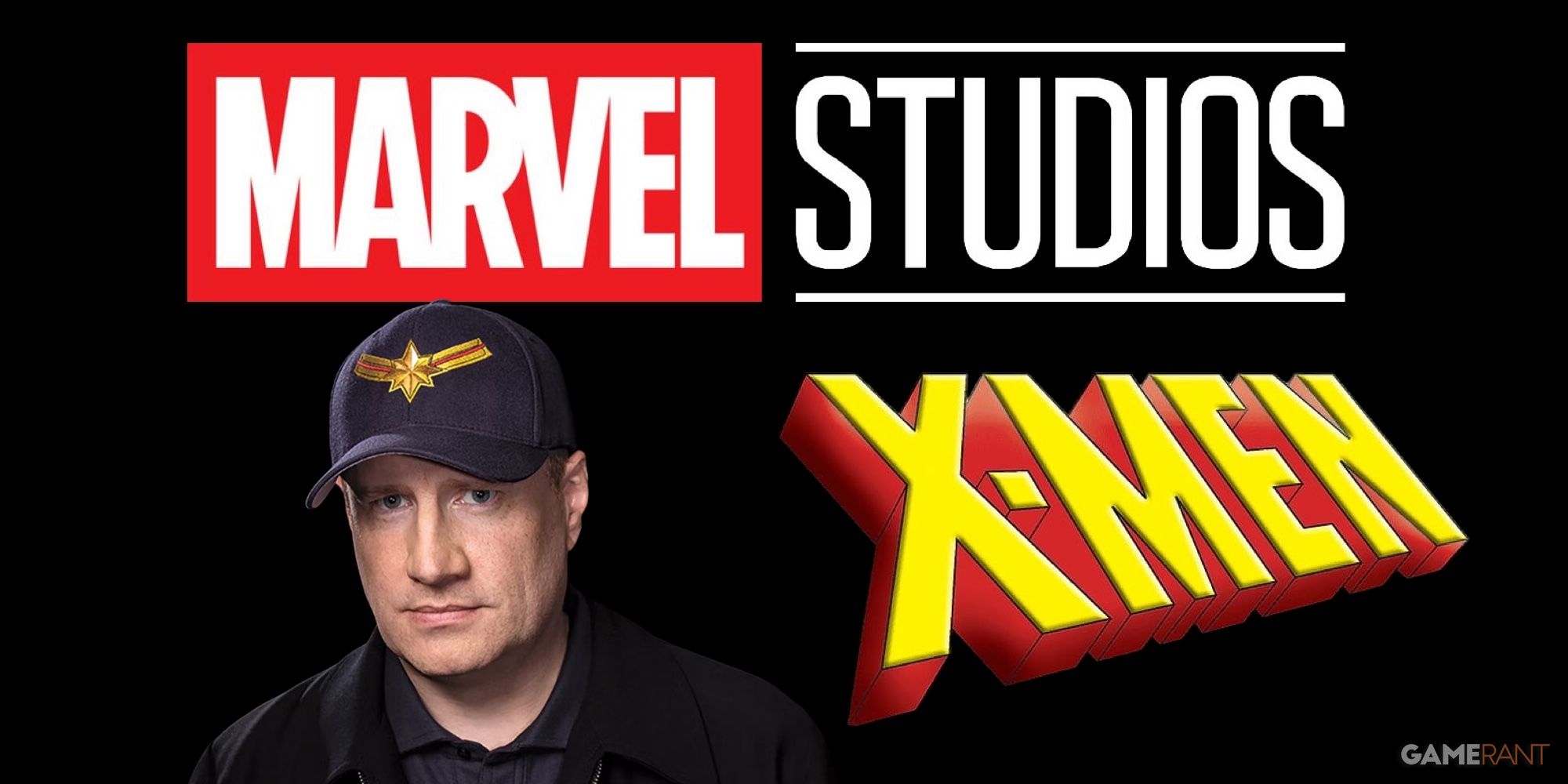
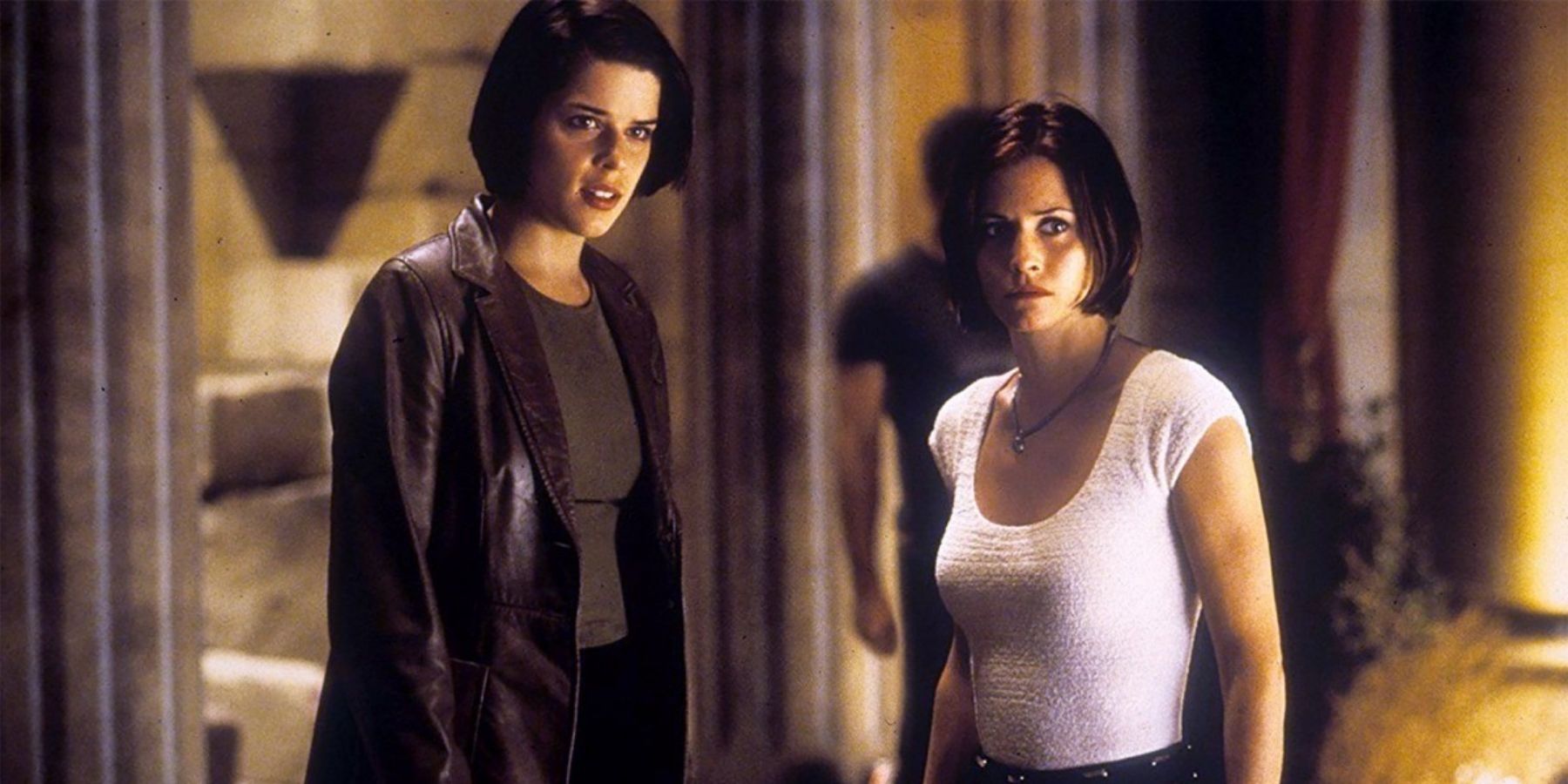
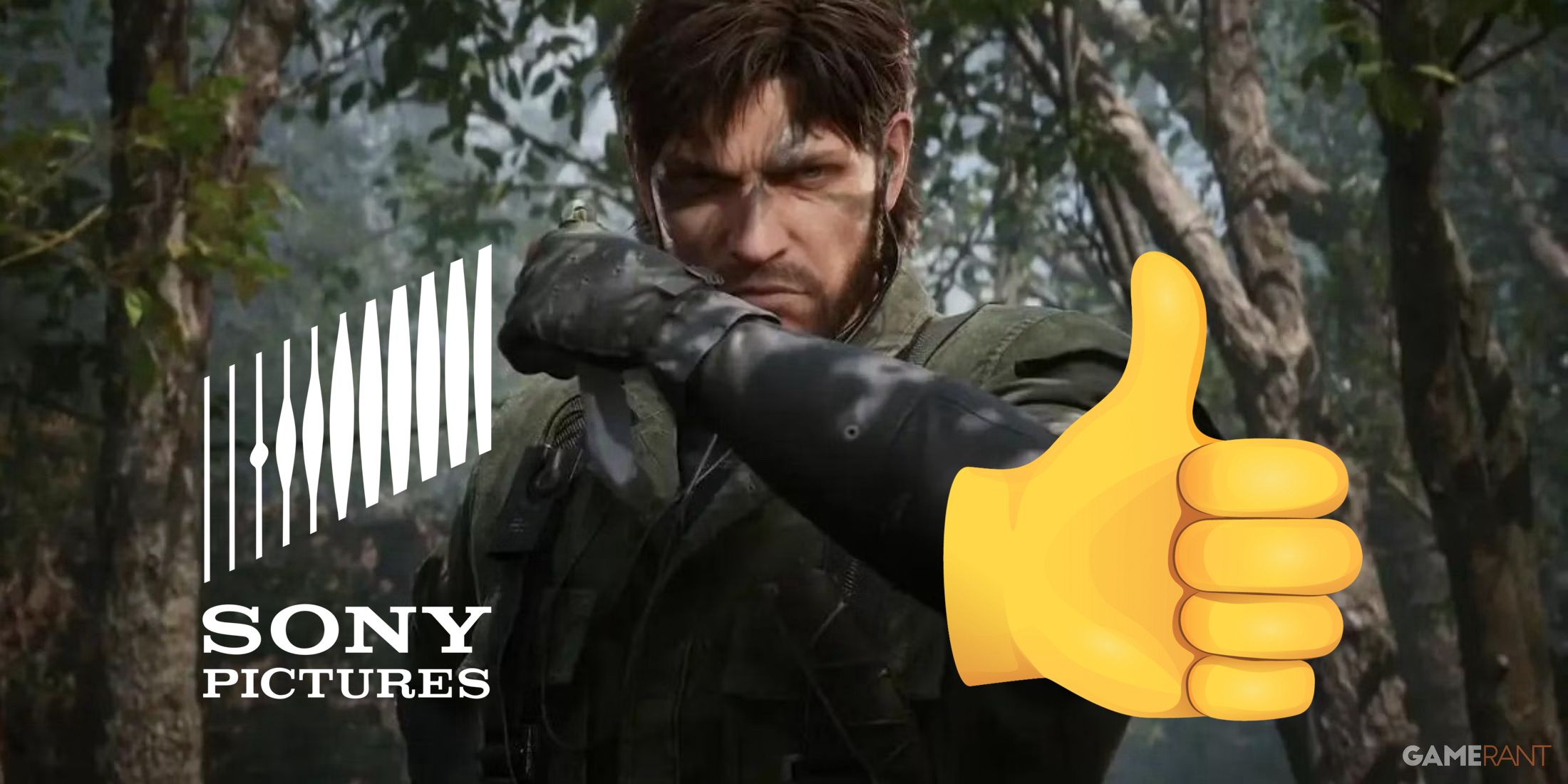
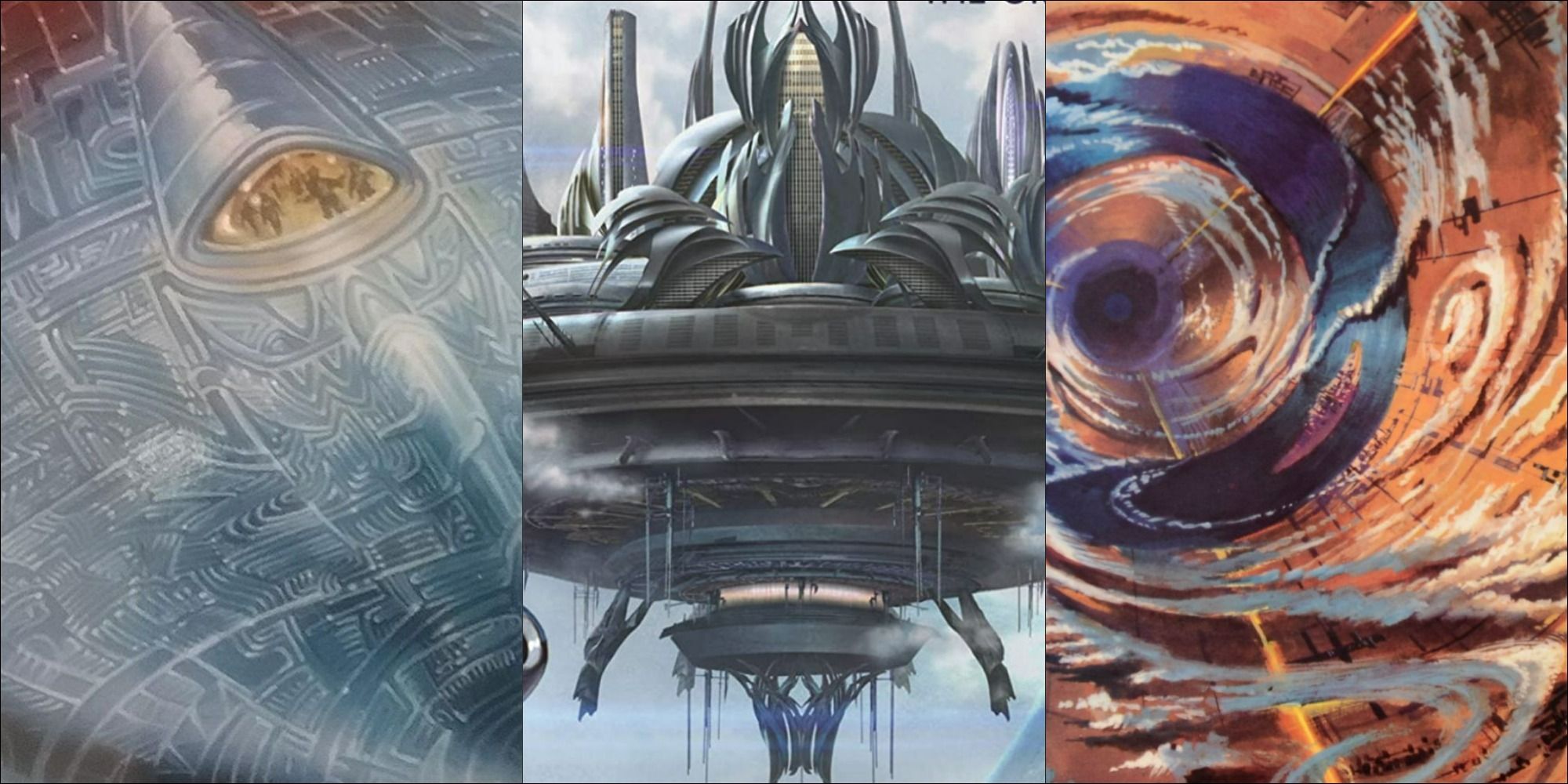
.jpg)
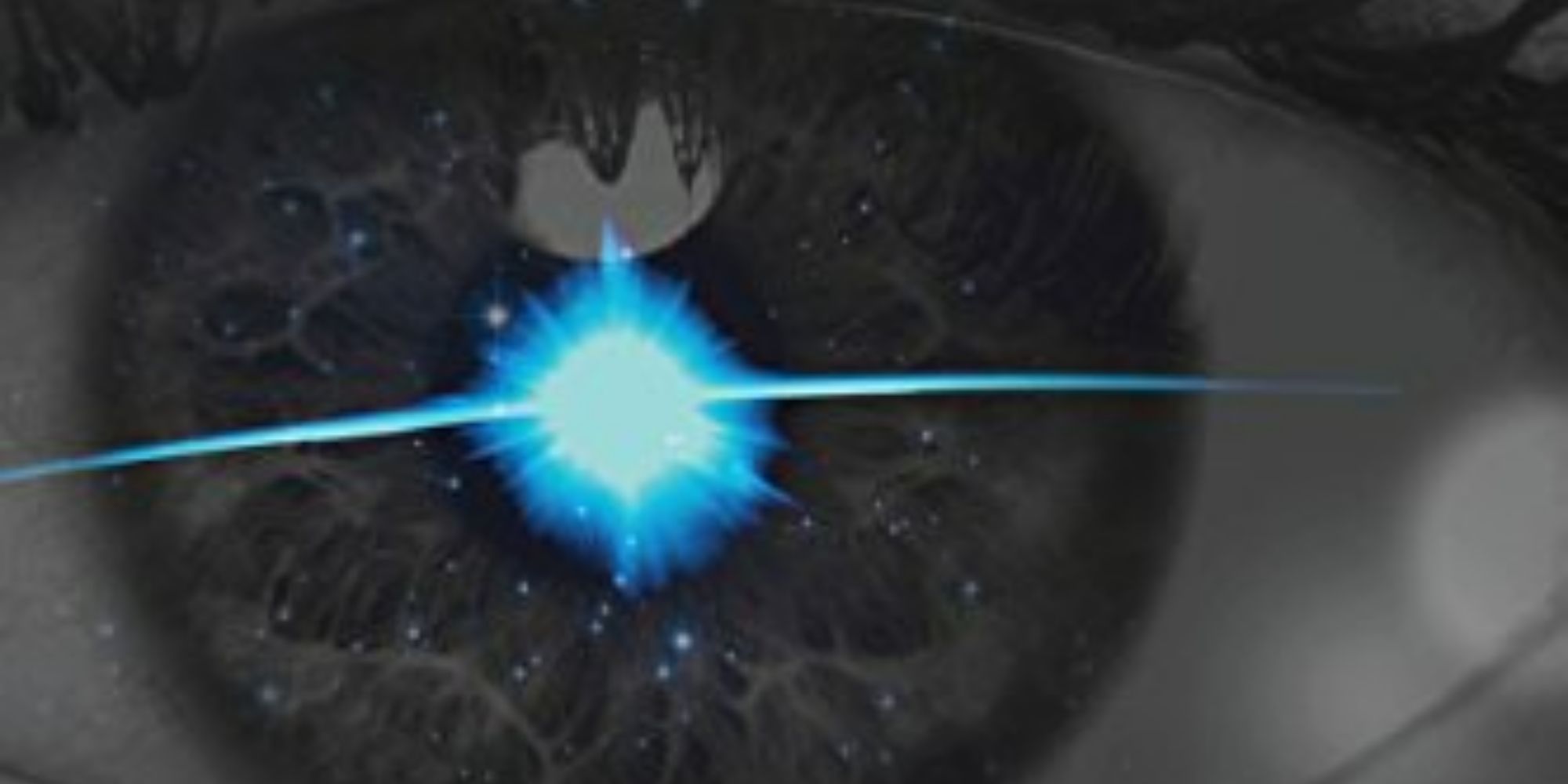
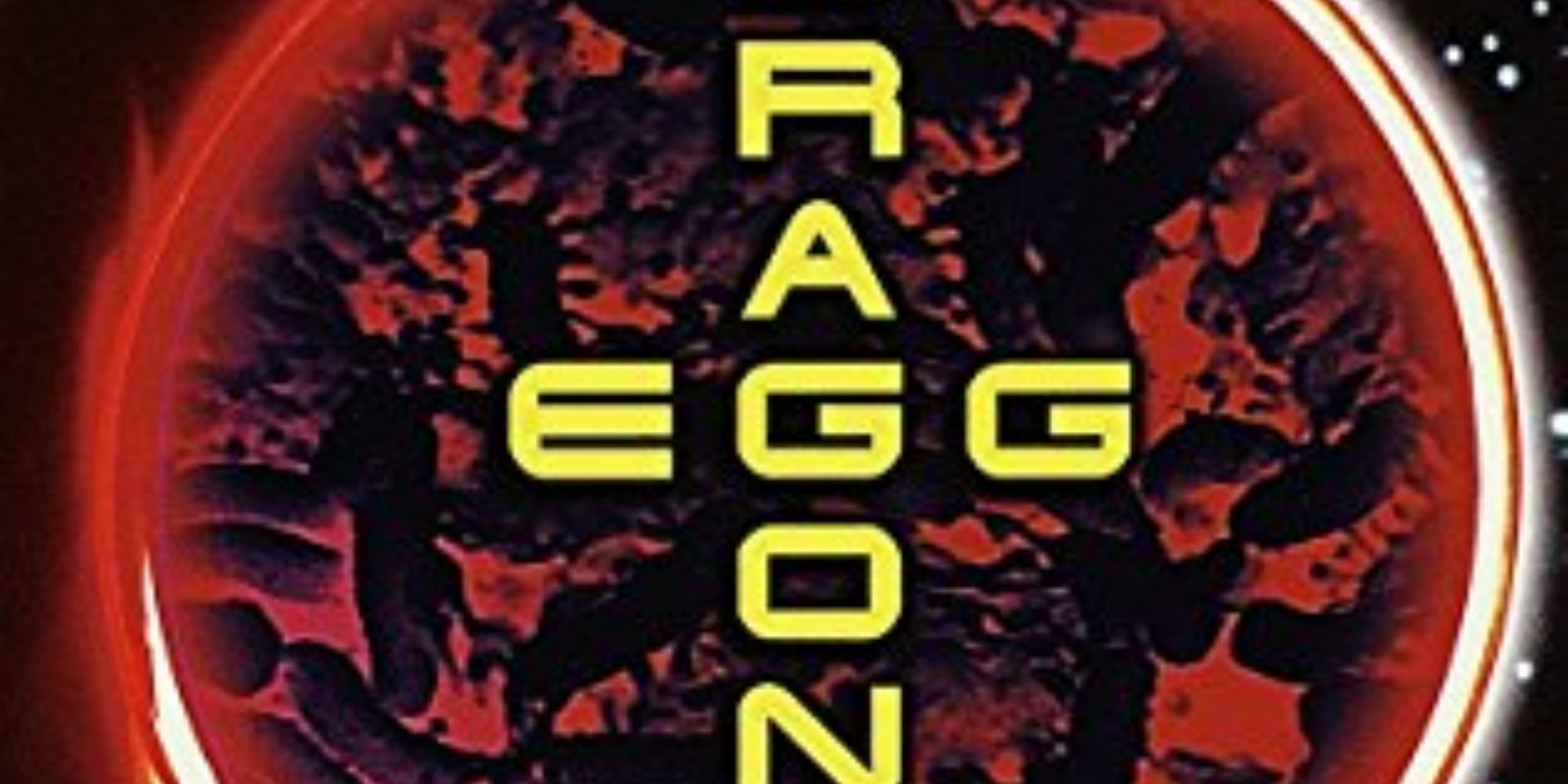
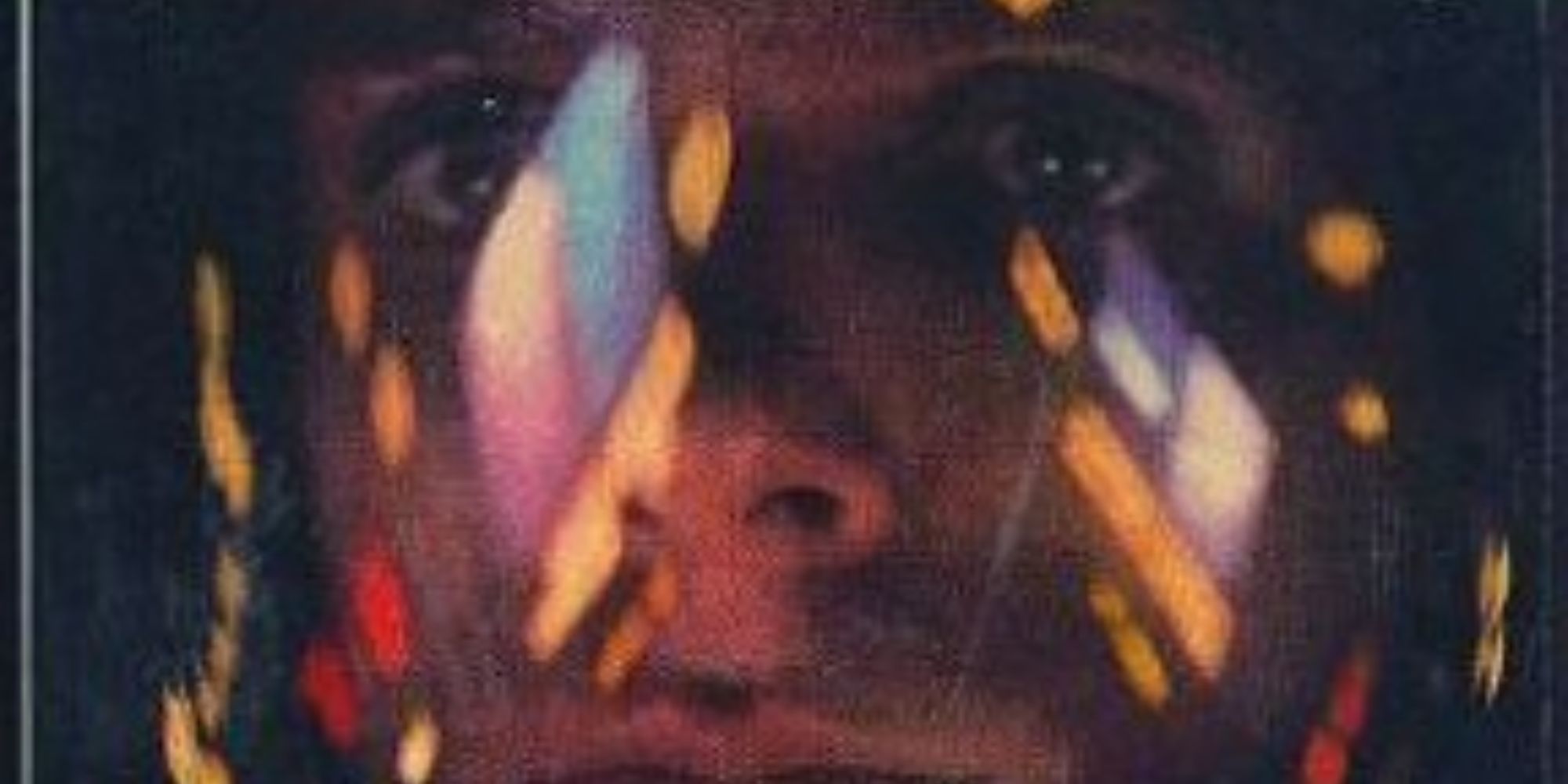
-1.jpg)
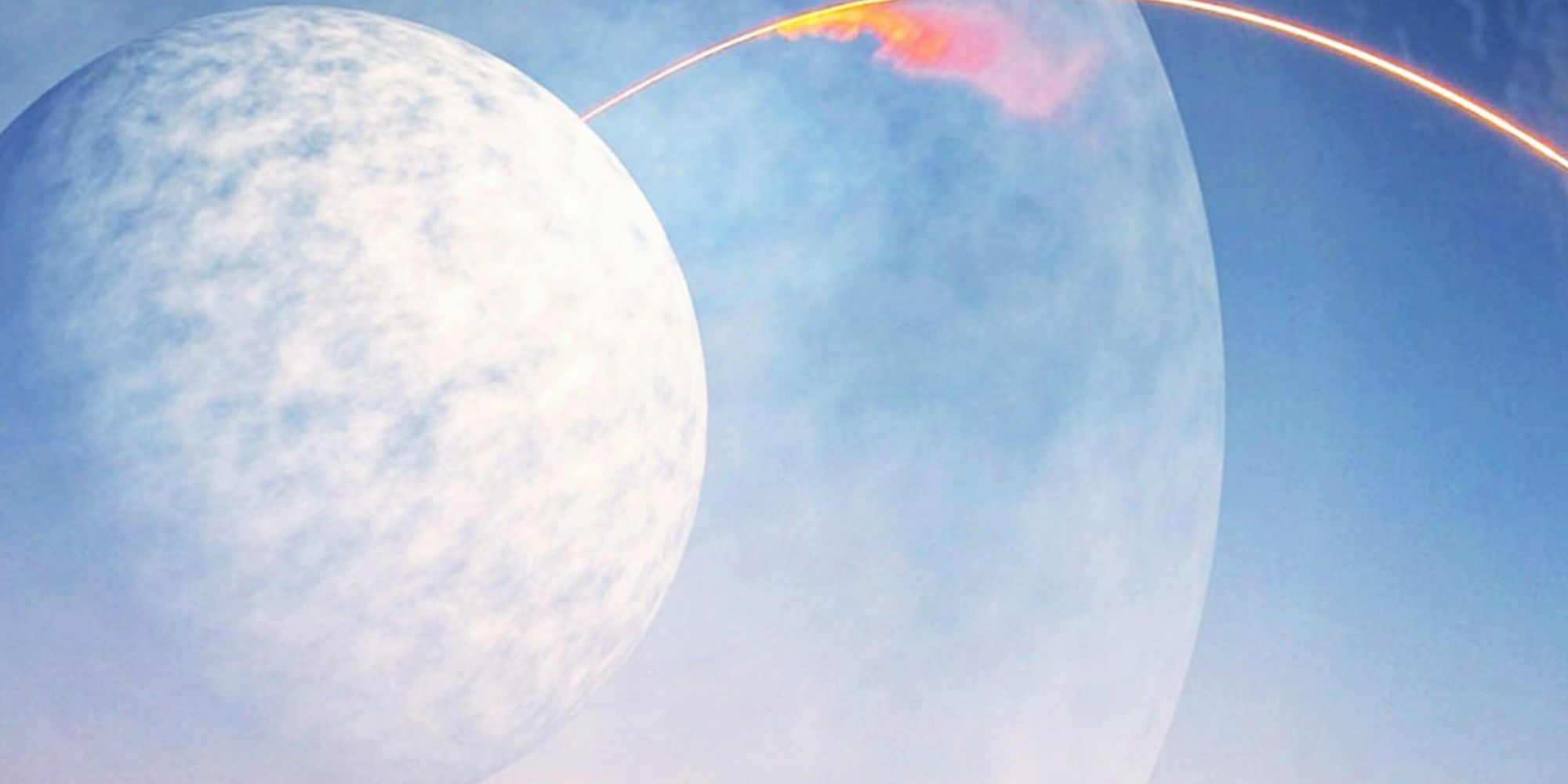
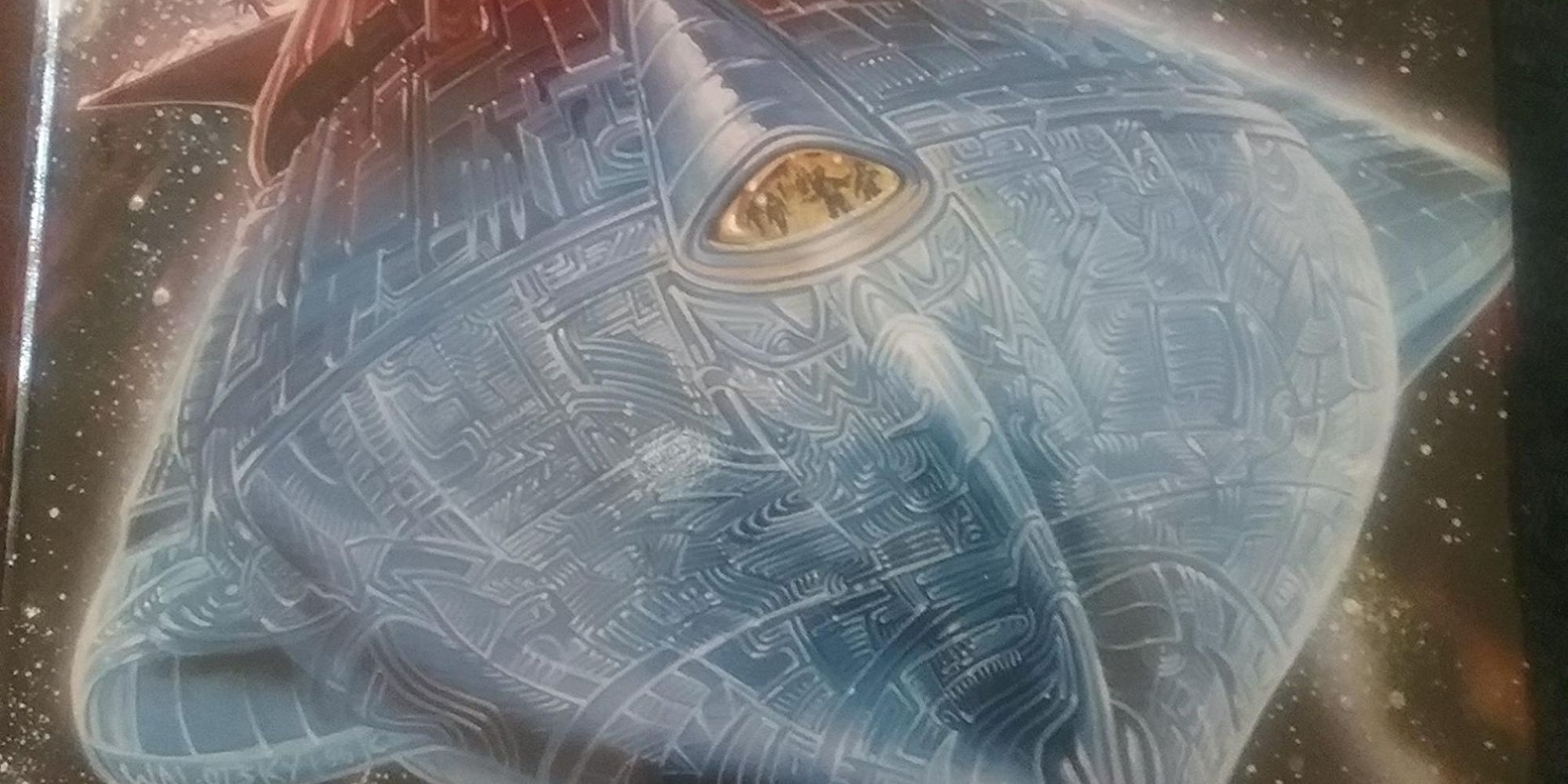
.jpg)
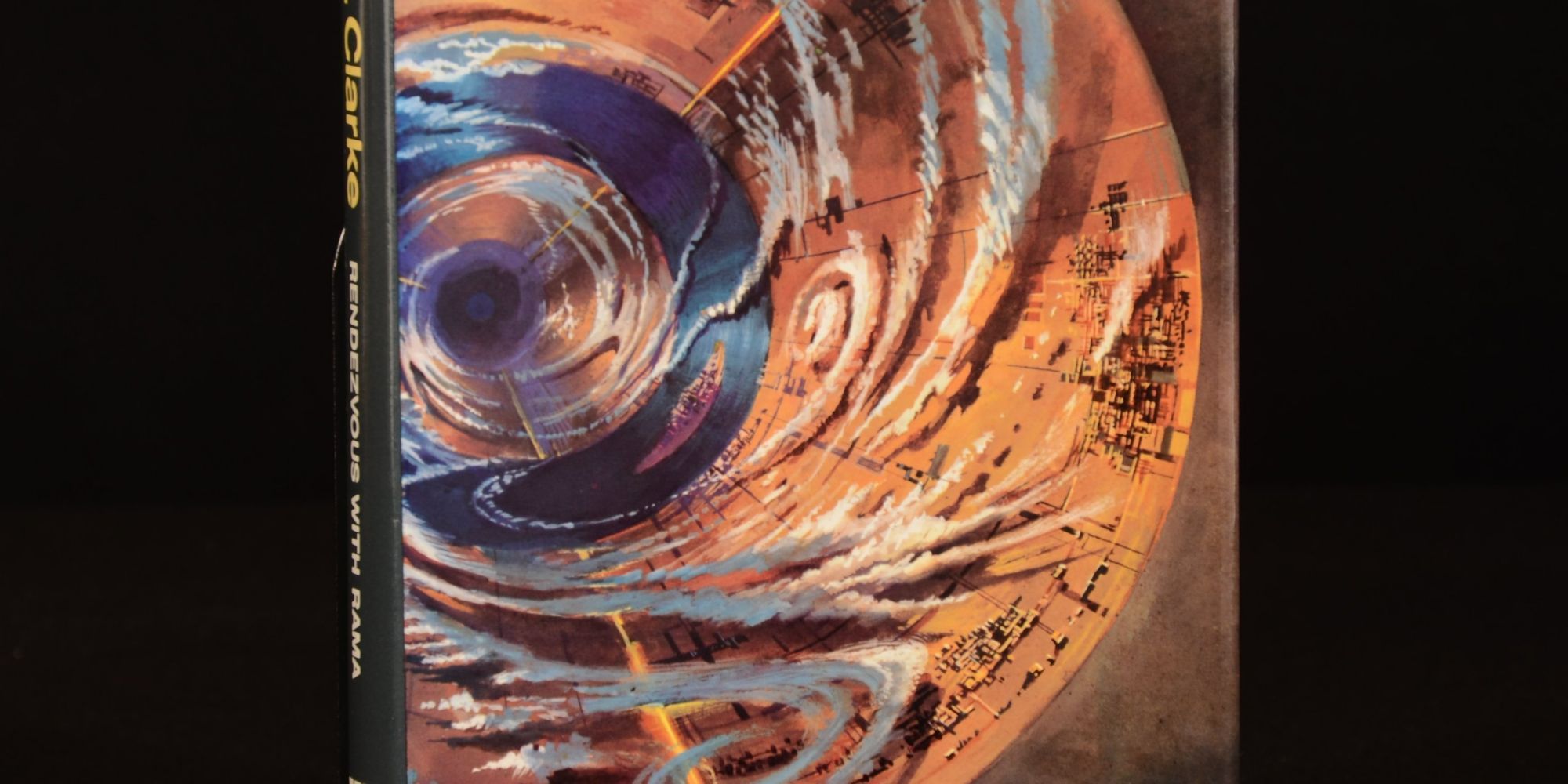

.jpg)
-1.jpg)
.jpg)
.jpg)